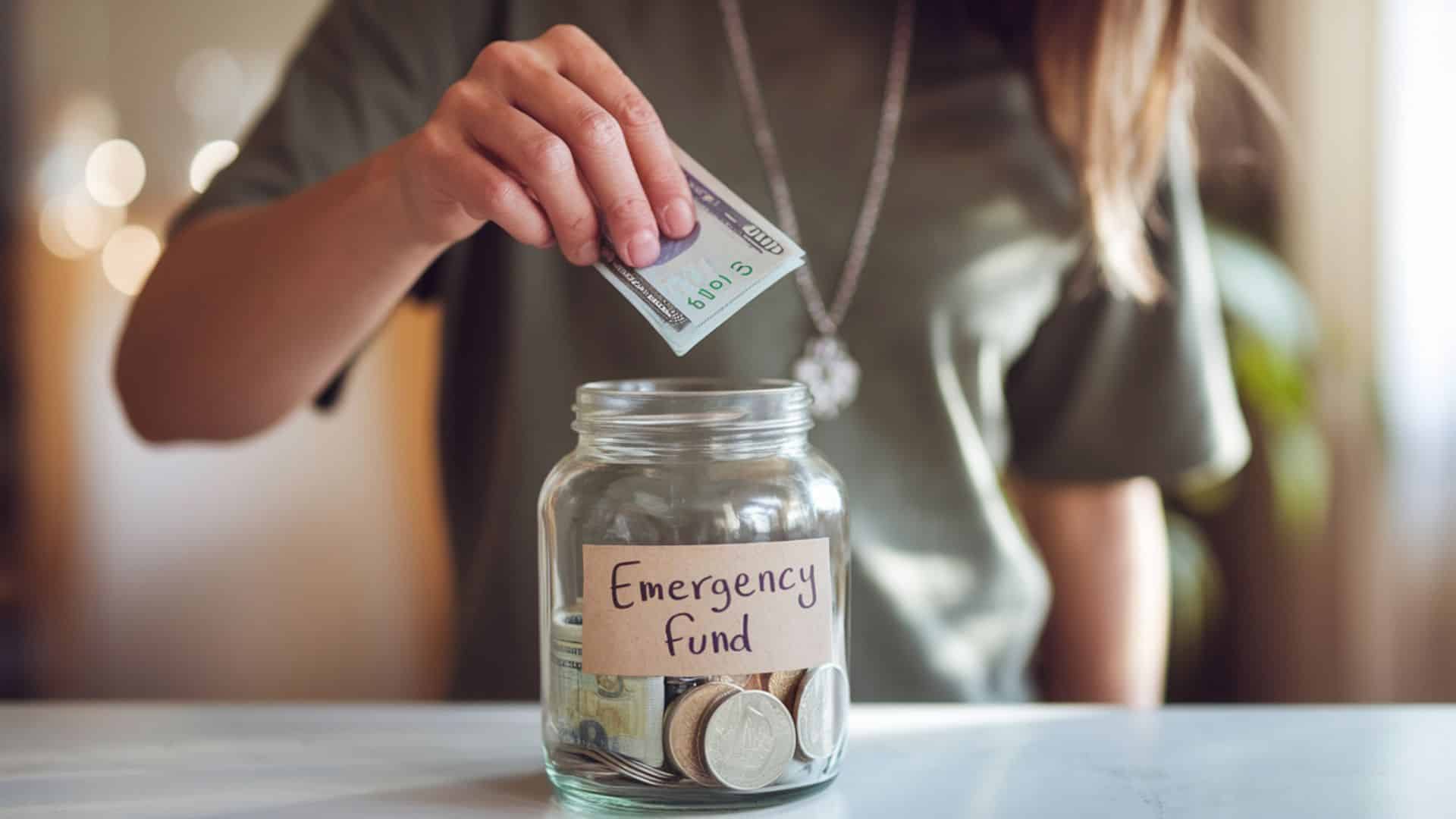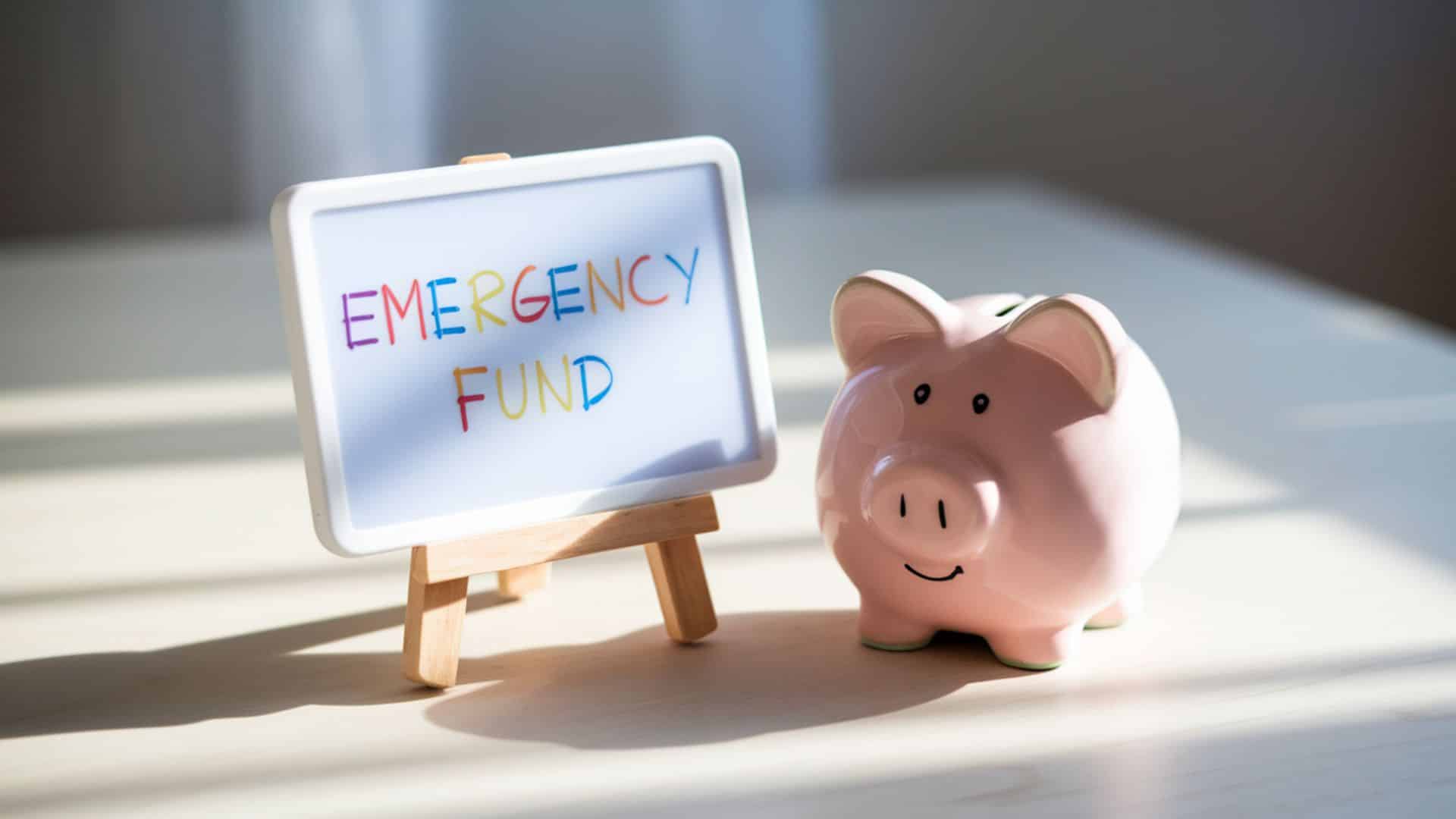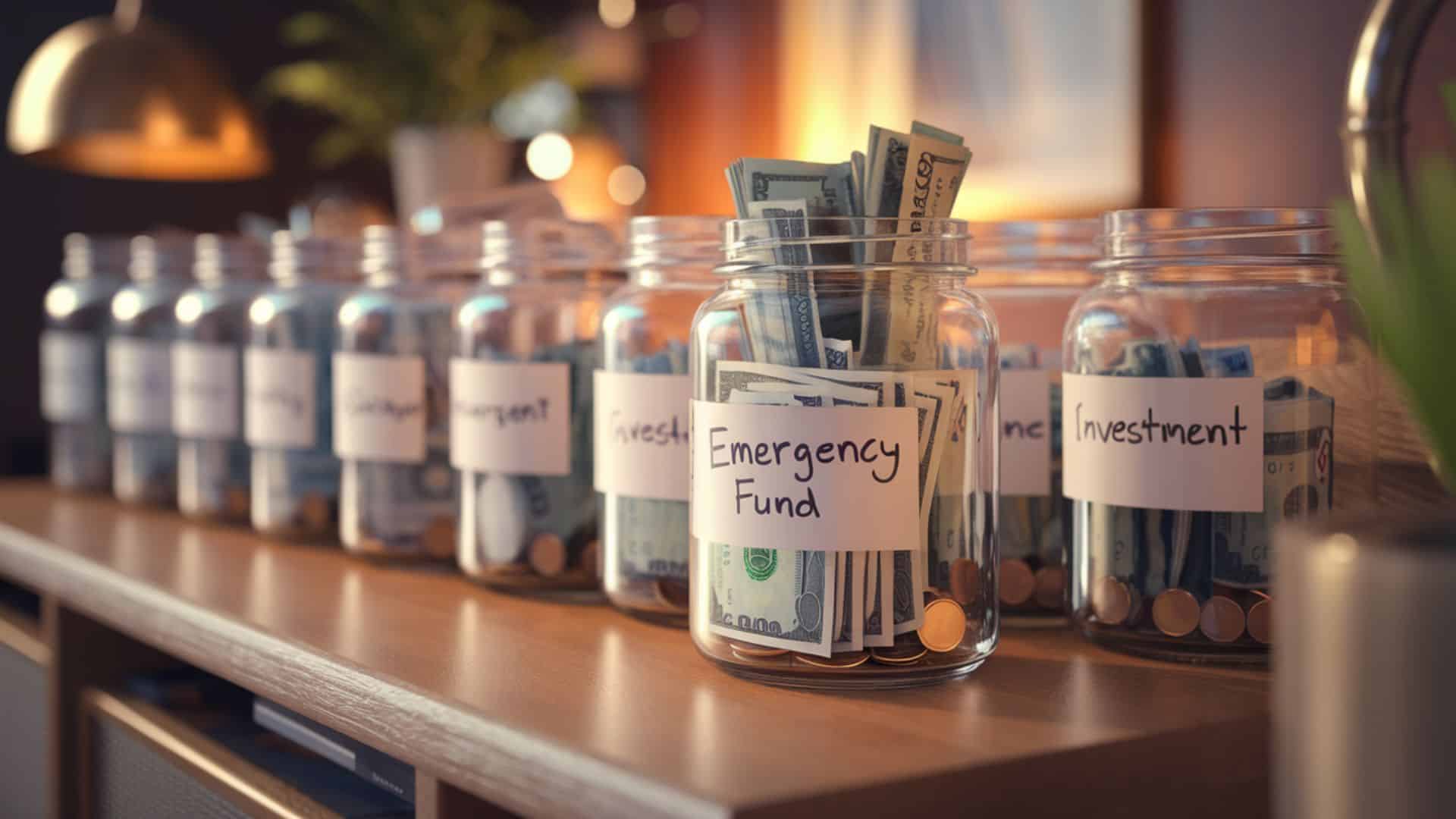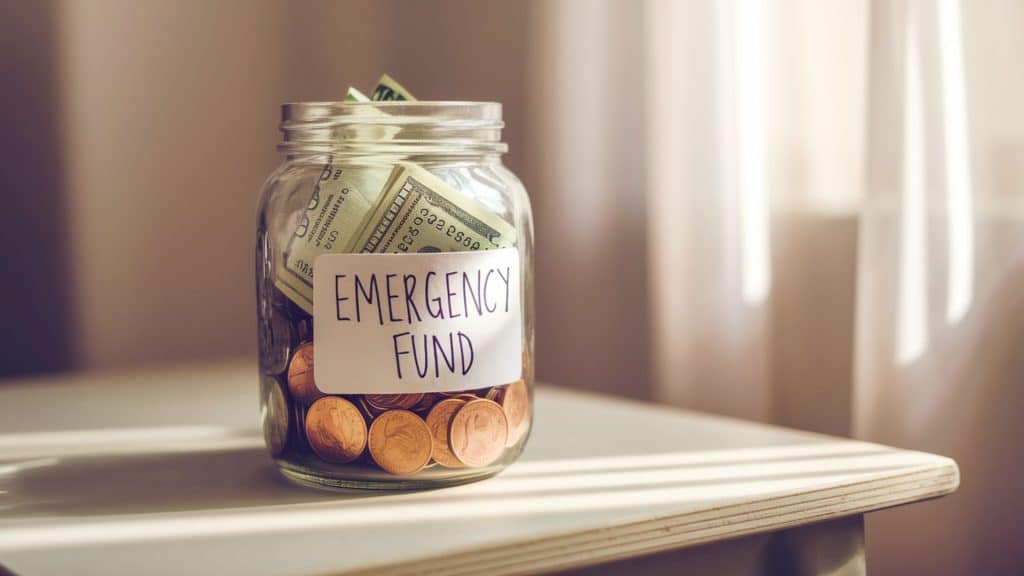Have you ever had one of those weeks where everything seems to go wrong at once?
Your car breaks down on Monday, your laptop crashes on Wednesday, and by Friday, you’re staring at an unexpected medical bill.
If you’re like most people, these moments probably made your stomach drop as you wondered how you’d cover these costs.
What if I told you there’s a simple financial tool that could turn these panic-inducing situations into minor inconveniences?
This blog provides a comprehensive guide on how to build and maintain an emergency fund that serves as your personal financial safety net, protecting you from life’s inevitable surprises.
What Exactly Is an Emergency Fund?
An emergency fund is money you set aside specifically for unexpected expenses or financial emergencies. Think of it as your financial insurance policy – it’s there when you need it most, helping you avoid debt and financial stress.
This isn’t money for vacations or new gadgets. It’s strictly for true emergencies like:
- Job loss or reduced income
- Medical emergencies
- Major car repairs
- Home repairs (broken furnace, leaking roof)
- Family emergencies requiring travel
The keyword here is “unexpected.” If you know your car registration is due next month, that’s not an emergency – that’s poor planning.
How Much Should You Save in Your Emergency Fund?

The traditional advice is to save three to six months worth of expenses. But let’s break this down based on your situation:
Starter Emergency Fund: $500-$1,000
If you’re just beginning, focus on this amount first. Even $500 can cover many common emergencies and prevent you from going into debt.
Standard Emergency Fund: 3-6 Months of Expenses
Calculate your monthly essential expenses (rent, utilities, groceries, minimum debt payments) and multiply by 3-6. If your monthly expenses are $3,000, aim for a savings goal of $9,000 to $18,000.
Extended Emergency Fund: 6-12 Months of Expenses
Consider a larger fund if you:
- Have irregular income (freelancers, commission-based workers)
- Work in an unstable industry
- Are you the sole income earner for your family
- Have high medical expenses or chronic health conditions
Where Should You Keep Your Emergency Fund?
Your emergency fund needs to be easily accessible but separate from your daily spending money. Here are the best options:
1. High-Yield Savings Account
- Pros: Easy access, FDIC insured, earns interest
- Cons: Interest rates can change
- Best for: Most people
2. Money Market Account
- Pros: Higher interest rates, check-writing privileges
- Cons: May require a higher minimum balance
- Best for: Larger emergency funds
3. Certificate of Deposit (CD) Ladder
- Pros: Higher interest rates prevent impulse spending
- Cons: Less liquid, penalties for early withdrawal
- Best for: Disciplined savers with other liquid savings
Avoid these locations:
- Checking account (too easy to spend)
- Investment accounts (value can decrease when you need the money)
- Under your mattress (no growth, not FDIC insured)
Step-by-Step: How to Build Your Emergency Fund

Building an emergency fund takes planning and consistency, but it’s easier than you might think. Follow these simple steps to start saving and stay financially prepared for the unexpected.
Step 1: Start Small
Don’t overwhelm yourself. Begin with a goal of $25 to $50 per week. Small, consistent contributions add up faster than you think.
Step 2: Find Extra Money
Look for money in your current budget:
- Skip dining out once a week
- Cancel unused subscriptions
- Sell items you no longer need
- Use cashback apps for groceries
Step 3: Automate Your Savings
Set up an automatic transfer from your checking to your emergency fund account. Even $25 per week equals $1,300 per year.
Step 4: Use Windfalls Wisely
Put unexpected money toward your fund:
- Tax refunds
- Work bonuses
- Birthday money
- Side hustle income
Step 5: Track Your Progress
Create a visual tracker or use a savings app to see your progress. Celebrating milestones keeps you motivated.
Common Emergency Fund Mistakes to Avoid
Many people build an emergency fund, but they often make key mistakes that reduce its effectiveness. Here’s what to watch out for.
| Mistake | Why It Hurts Your Emergency Fund |
|---|---|
| Using It for Non-Essentials | Spending on sales or planned purchases defeats the fund’s purpose. |
| Keeping It Too Accessible | Easy access can lead to unnecessary withdrawals. |
| Not Replenishing After Use | Failing to refill it weakens your future financial safety net. |
| Waiting for the “Perfect” Amount | Delaying contributions slows down your financial progress. |
Start with small steps, avoid missteps, and let your emergency fund protect you when real surprises happen.
When Should You Use Your Emergency Fund?
Ask yourself these questions before dipping into your fund:
- Is this expense unexpected?
- Is it necessary (not just wanted)?
- Is there no other way to cover this cost?
- Would not paying for this create bigger problems?
If you answered “yes” to all four questions, it’s probably appropriate to use your emergency fund.
How to Rebuild After Using Your Fund

Used your emergency fund? Here’s how to get back on track:
- Assess the situation: How much did you use?
- Adjust your budget: Temporarily reduce other expenses
- Increase income: Pick up extra hours or side work
- Use the same building strategies: Automate, find windfalls, cut expenses
The goal is to rebuild as quickly as possible while continuing to fulfill your other financial obligations.
Your Emergency Fund Action Plan
Ready to start? Here’s your week-one action plan:
- Calculate your monthly expenses
- Open a separate savings account
- Set up an automatic transfer of $25-$50
- Find one expense to cut this month
- Set a calendar reminder to review progress monthly
Remember, building an emergency fund isn’t about perfection – it’s about progress. Every dollar you save is a dollar that can protect your future self from financial stress.
Final Thoughts
An emergency fund isn’t just about money – it’s about freedom. Freedom from debt, freedom from financial stress, and freedom to make decisions based on what’s best for you, not what’s cheapest or most desperate.
It gives you breathing room during tough times and lets you focus on solving problems, not scrambling for cash. Even a small emergency fund can keep you from relying on high-interest loans or credit cards.
Start small, stay consistent, and be patient with yourself. Your future self will thank you when life throws its next curveball, and you’re ready to handle it with confidence.
For more insights on markets and finance, check our website.





































